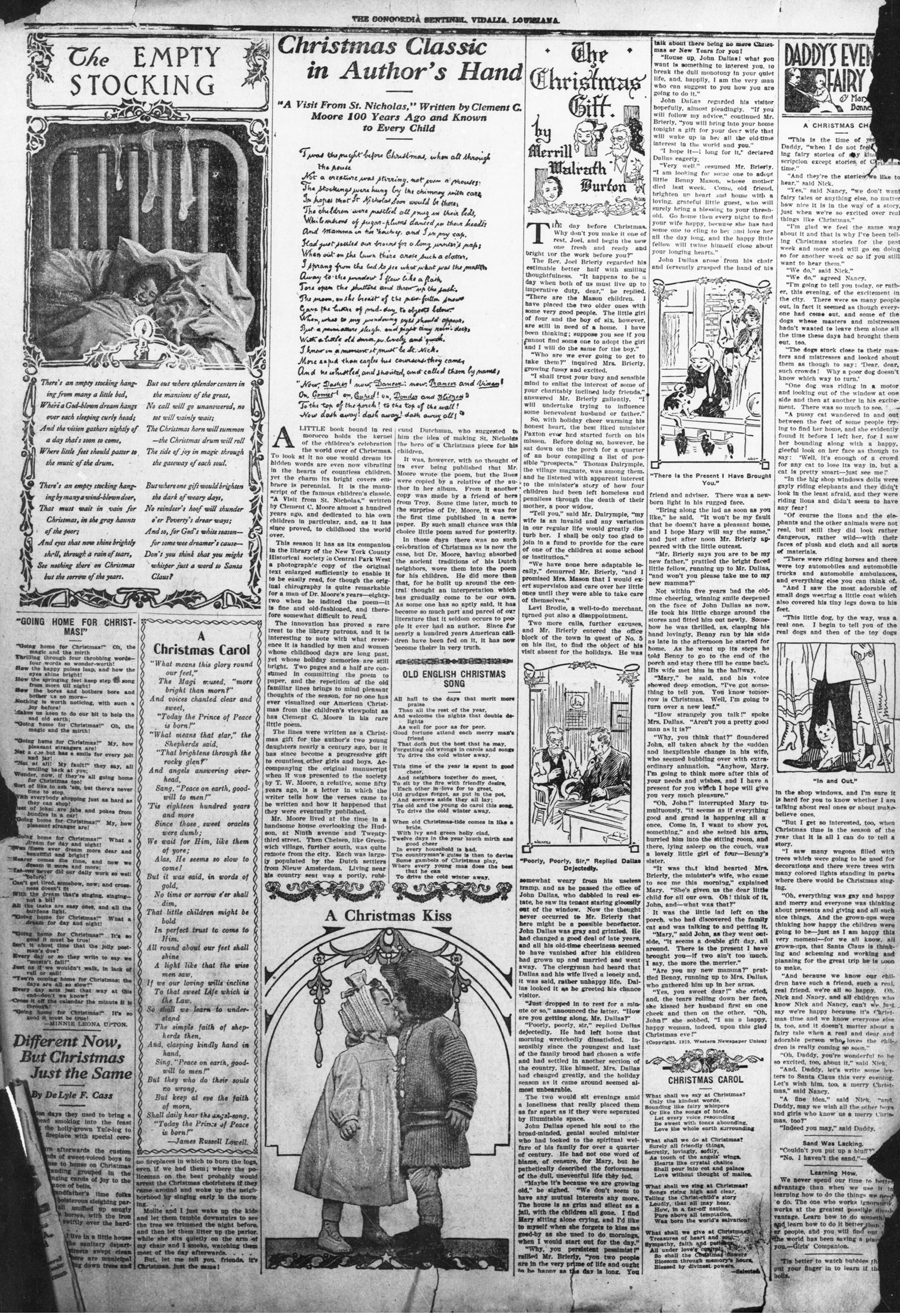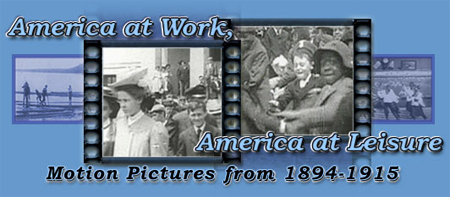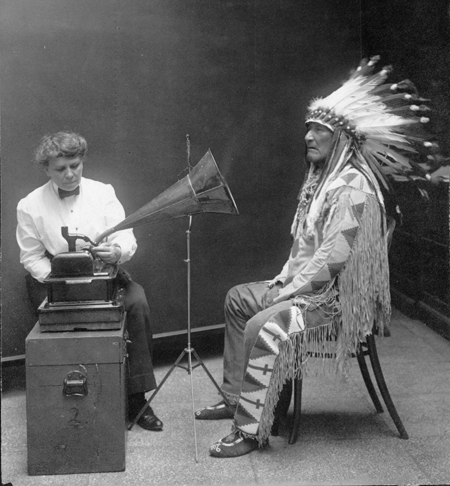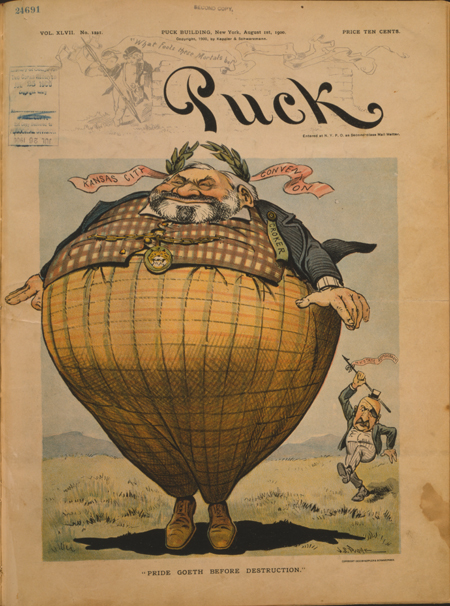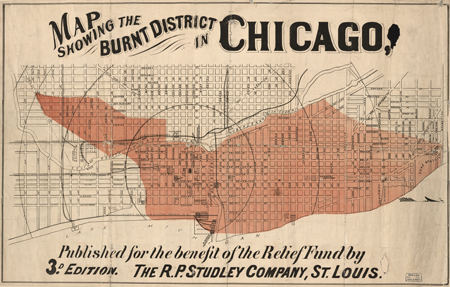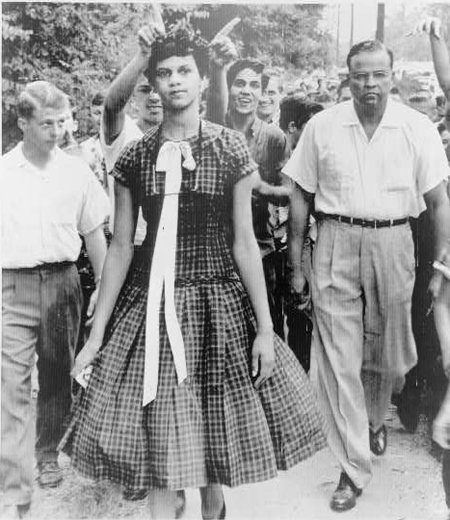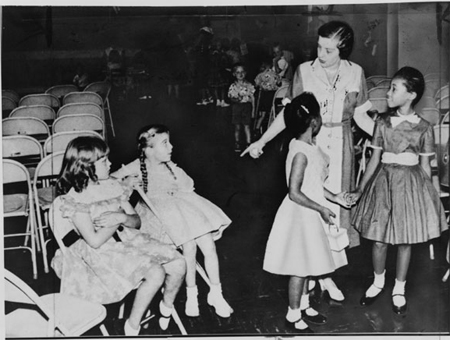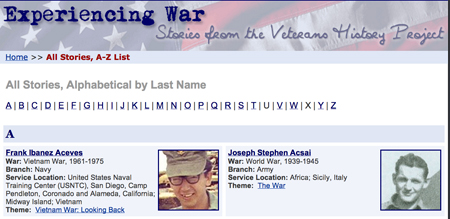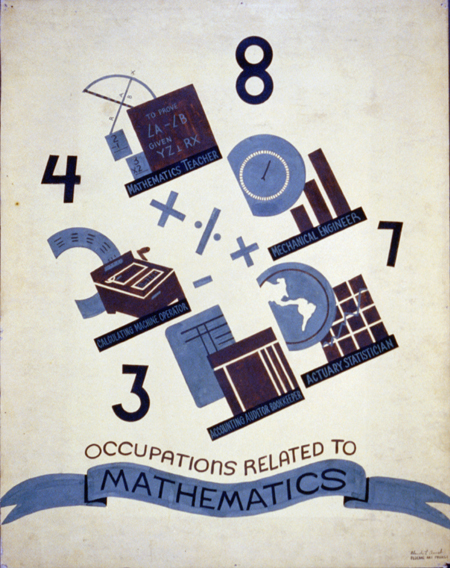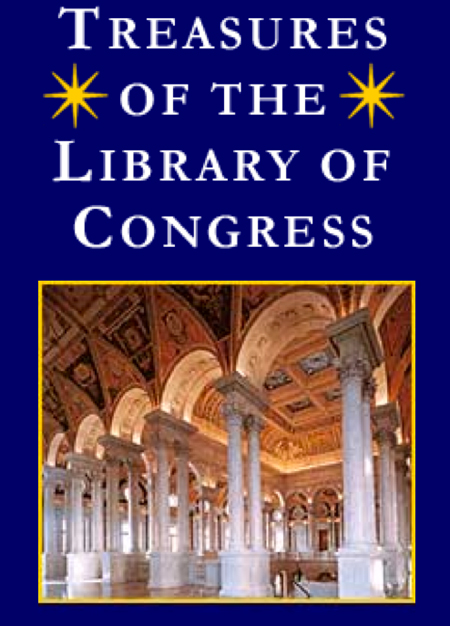Selecting Sources: Tertiary, Secondary, Primary
When conducting research, you will likely use three types of sources: primary, secondary, and tertiary. While exact definitions may vary by discipline or institution, we hope this post will help you sort out the main distinctions between these types of sources and when to use each in the research process for National History Day (NHD) and other…


